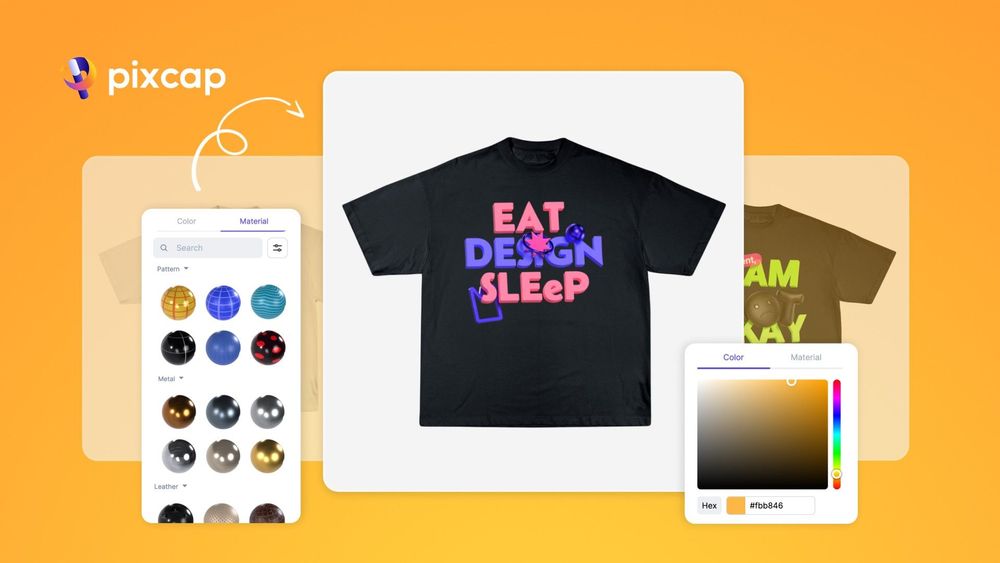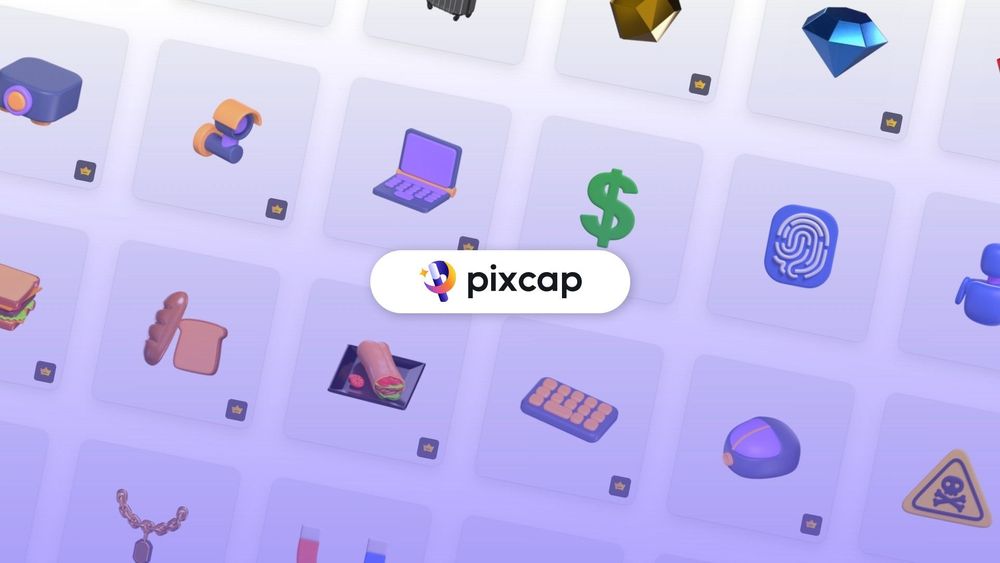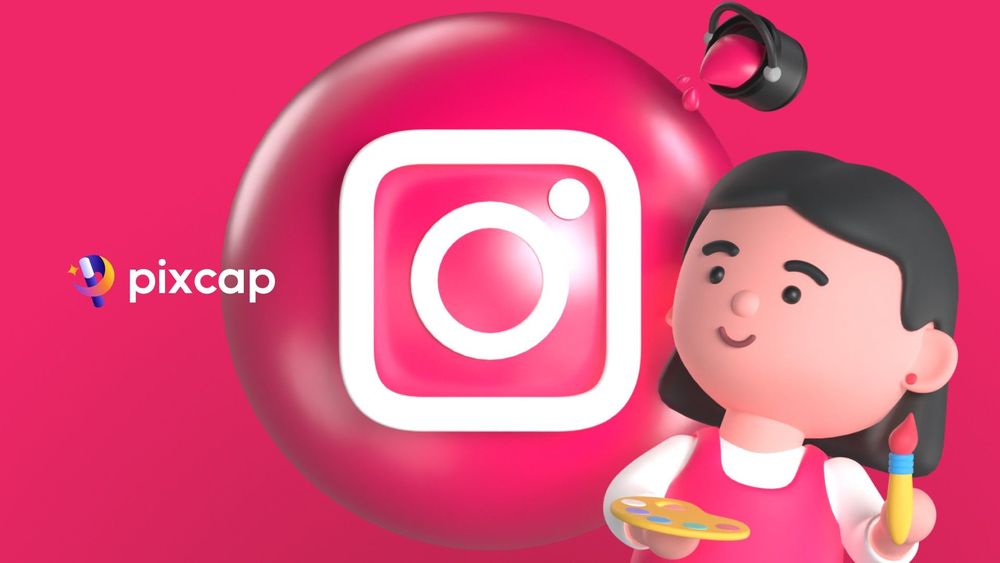Got a great T-shirt design you think others will love? Looking to promote your brand or earn extra with merch? Want to celebrate an occasion, like a family reunion or a bachelorette party?
Creating a T-shirt can be overwhelming if you're not a professional designer or don't know about printing methods, T-shirt colors, and clothing designs.
If you're finding it hard to create an amazing T-shirt design for your brand, learn how to design a t-shirt in this detailed guide. The process can be broken down into manageable steps, making it accessible for everyone.
Why You Need a T-shirt Design
T-shirts are everywhere. They're a popular piece of clothing, and they've been around for a long time. The T-shirt originated from undergarments used in the 19th century, but it wasn't until the 1960s that it became a symbol of self-expression.
Make Money with T-shirts
If you're a graphic designer, selling T-shirts can be a great way to earn extra income. You can sell them online or at local markets, and the demand for unique and eye-catching T-shirt designs is always high.
With the rise of print-on-demand services, you don't even need to invest in bulk printing - you can simply upload your designs and have them printed on demand.
Boost Team Spirit with Custom Tees
Custom T-shirts are also fantastic for building team cohesion within a company. Whether for daily wear, special events, or as part of the company uniform, having a T-shirt with your brand logo and brand colors can promote a sense of unity and pride among employees.
It's a simple yet effective way to make every team member feel included and connected to the company's mission and values. Plus, custom tees make for great casual workwear that's comfortable and stylish.
Spread Awareness and Support Causes
T-shirts can also be a powerful tool for spreading awareness and supporting causes. Many organizations use custom shirt as part of their fundraising efforts, with the proceeds going towards charity or social initiatives.
Design a t-shirt with a meaningful message or logo can help start conversations and raise awareness about important issues. You can also use custom t-shirt designs to promote events or campaigns, making them a valuable marketing tool for non-profit organizations and grassroots movements.
How to Design a T-shirt (A-Z Guide)
1. Knowing Whom You Design For
The essence of a great T-shirt design lies not in its visual appeal alone but in the resonance it creates with its intended audience.a
Before you put pen to paper or finger to stylus, understanding the people who will wear your T-shirt is paramount.
Defining Your Demographic
Are you create t-shirt design for millennials or baby boomers? Is your audience predominantly male, female, or gender-neutral?
These demographic factors will significantly influence the design elements you choose and the messaging you incorporate.
Grasping Their Culture and Subculture
Age and gender are just the tip of the iceberg. Subcultures like gamers, fitness enthusiasts, or music lovers each have their own lexicon and visual aesthetic.
Deeply immersing yourself in these cultures will enable a more authentic connection with your T-shirt’s audience.
Empathizing with Their Values
A T-shirt design often serves as a statement – political, social, or personal. Understanding the values of your audience can help craft a t-shirt design that doesn't just look good but vibrates with their beliefs and ideologies.
2. The Design Journey: From Concept to Creation
Once you’ve found your footing in the world of your audience, it’s time to set off on the creative trail and create designs. Here's a high-level overview of the design process to guide your creative endeavor.
Finding Inspiration
Inspiration can spring from anywhere – nature, architecture, or even a well-crafted piece of copy. Immersing yourself in diverse sources of T-shirt design inspiration can lead to the most unexpected and powerful T-shirt design concepts.
Choosing a Design App
Adobe Photoshop, Adobe Illustrator, or CorelDRAW – there's a multitude of software to choose from for your t-shirt design.
If you're not well-versed in these tools, fret not. Many online design platforms like Pixcap offer user-friendly templates and tools to create your T-shirt designs.

Seeking Feedback
Design is a collaborative effort. Show your works in progress to peers, mentors, or even members of your target audience. Constructive criticism at this stage can refine your T-shirt design and prevent any disconnects with the audience upon release.
3. Color and Typography: The Silent Communicators
The choice of color palettes and typography in a T-shirt design is akin to the notes and words in a symphony – they communicate volumes without needing explicit explanation.
The Language of Color
Colors evoke emotions and convey subliminal messages. Warm tones like red and yellow can signify energy and playfulness, while cooler blues and greens can evoke a sense of calm.
The cultural context also plays a role; for instance, white might symbolize purity in one context and mourning in another.
Choosing the Right Typeface
Just as with colors, different font styles can speak to different vibes. A whimsical script might suit a playful design for young audiences, while a solid, bold sans-serif fonts might be more appropriate for conveying strength in a brand identity piece.
Ensure that the readability isn't compromised for artistic flourish, especially if there's copy to be read from a distance.
Harmony and Hierarchy
The relationship between different elements in your design is crucial. Hierarchy dictates the order in which the viewers' eyes will scan the design.
Maintaining harmony ensures that all elements work together – no single color or typeface should overpower the rest if they're not the primary focus by design.
4. Print Techniques
Understanding the printing method and process is paramount as it can enhance or alter your design.
Traditional Screen Printing
Screen printing is a classic, cost-effective, and versatile technique suitable for simple designs with limited CMYK printing colors. The ink colors sits on top of the fabric, yielding vibrant, long-lasting prints.
Direct-to-Garment Printing
Direct-to-Garment (DTG) the printing process is gaining popularity for its ability to reproduce complex designs with a multitude of colors with precision.
Specialty Techniques
For those seeking a more tactile experience, techniques like embroidery, appliqué, or foil printing can add texture and depth to a T-shirt design, making it a piece of wearable art.
5. Mockups and Prototyping
A design that looks stunning on a digital canvas might not translate as well onto fabric. Mockups and prototypes help bridge that gap.
Digital Mockups
Use a mockup tool to see how your design would look on a T-shirt in various settings and scenarios. These mockups can provide a realistic context for your final design that can't be achieved by staring at a blank screen.
Physical Prototypes
Printing a sample of your design can reveal issues with color matching, print alignment, or size ratios that might not be apparent in a digital mockup. It also provides an opportunity to test the actual T-shirt's fabric and quality.
6. Marketing Your Designs
Even the most brilliant design needs a solid marketing strategy to succeed. Here's how to get your T-shirt out there.
Social Media and Influencers
Leverage the power of social media and collaborate with influencers to reach a broader audience. Engaging posts that tell the story behind the design can create buzz and anticipation.
Online Marketplaces and Your Own Store
Whether it's through online marketplaces or your e-commerce website, ensure that your product descriptions and product images do justice to your design. Optimize them for search engines and make the buying process as seamless as possible.
Read more about 30+ product background for e-commerce listings.
Physical Presence
If you're targeting a local market, consider setting up a pop-up shop or collaborating with brick-and-mortar stores. The touch-and-feel aspect of physical retail can often be the tipping point for a purchase.
Need Some Inspiration for T-shirt Design Ideas?
If you're feeling stuck, browse through our popular T-shirt design templates. All templates are designed by professionals and can be easily customized to fit your unique ideas.
Pixcap has been a resource for 1000+ designers and businesses looking to create custom T-shirt. Join us and start creating apparel designs today!




